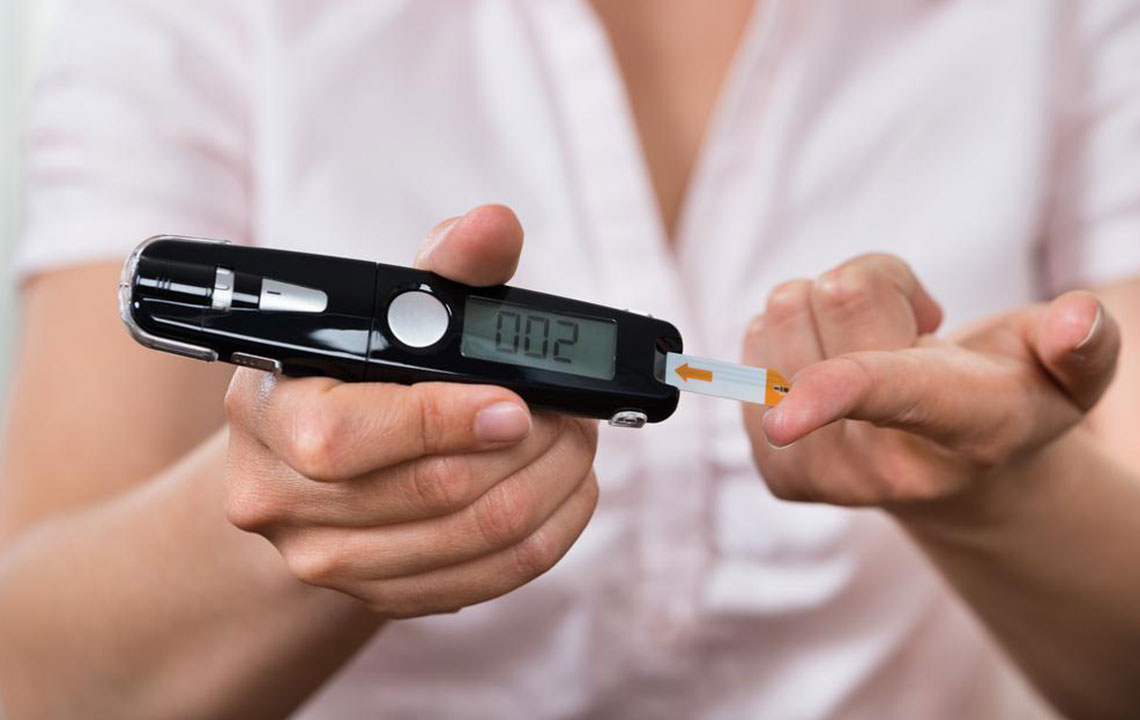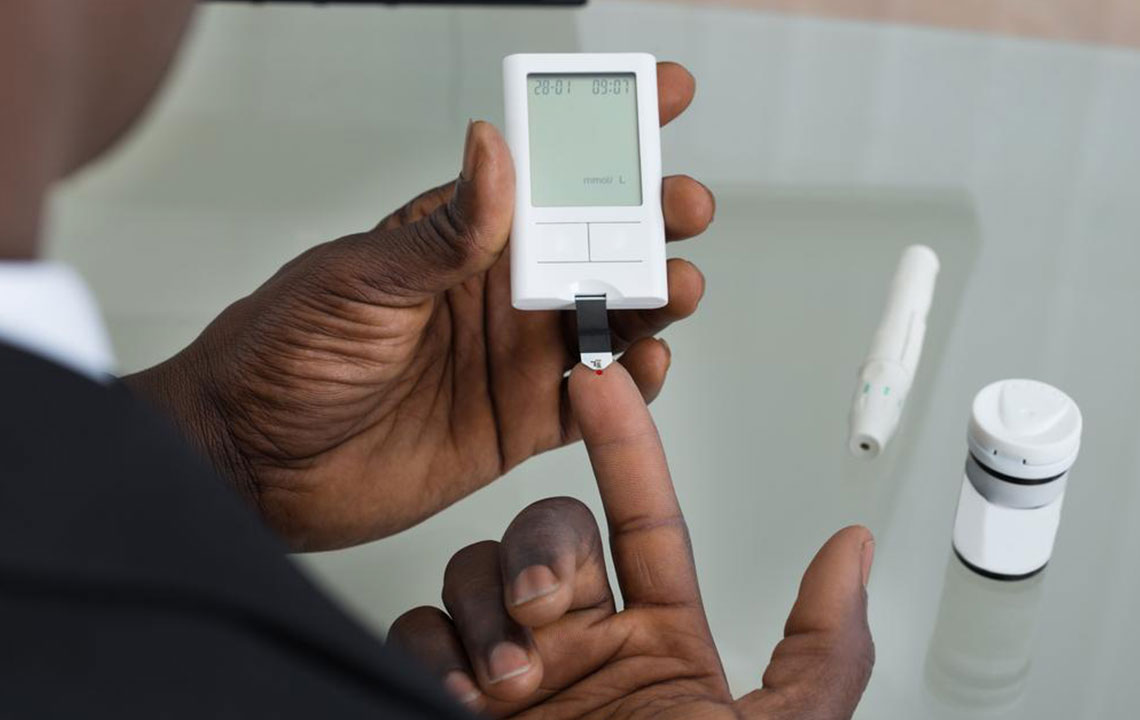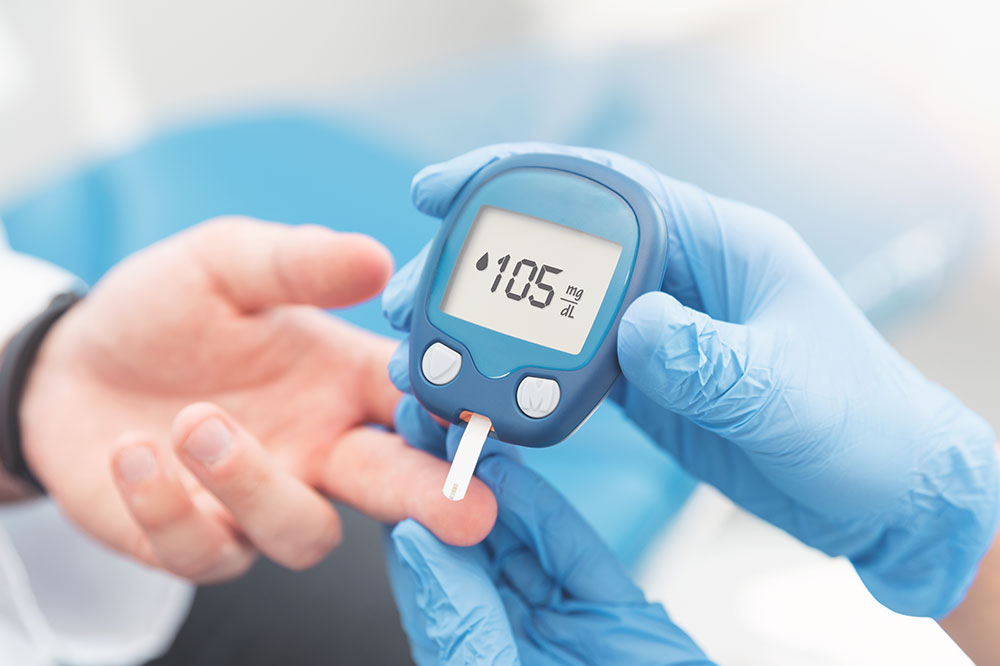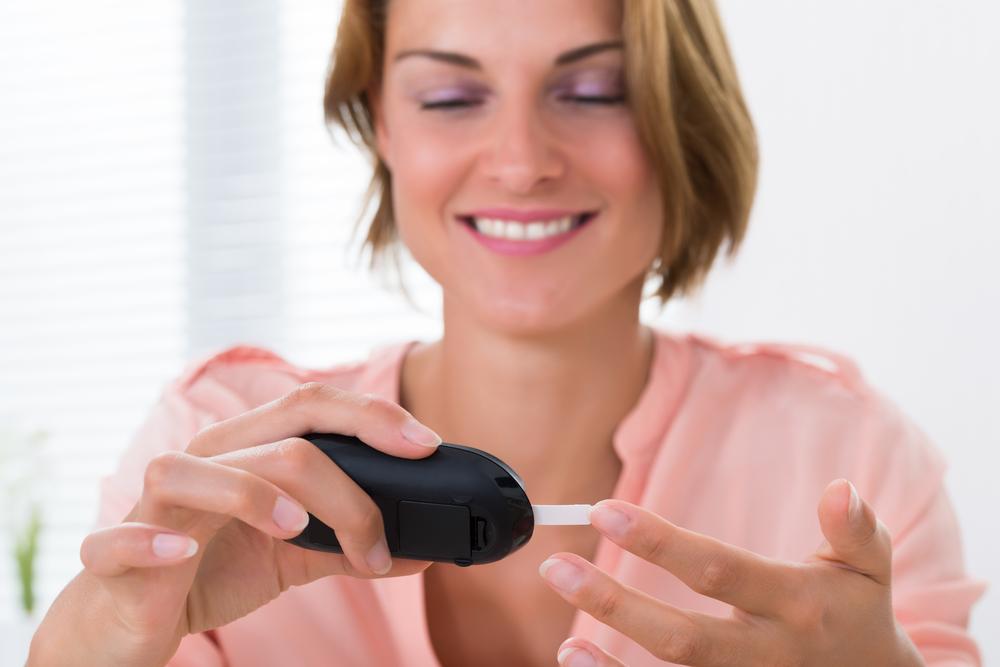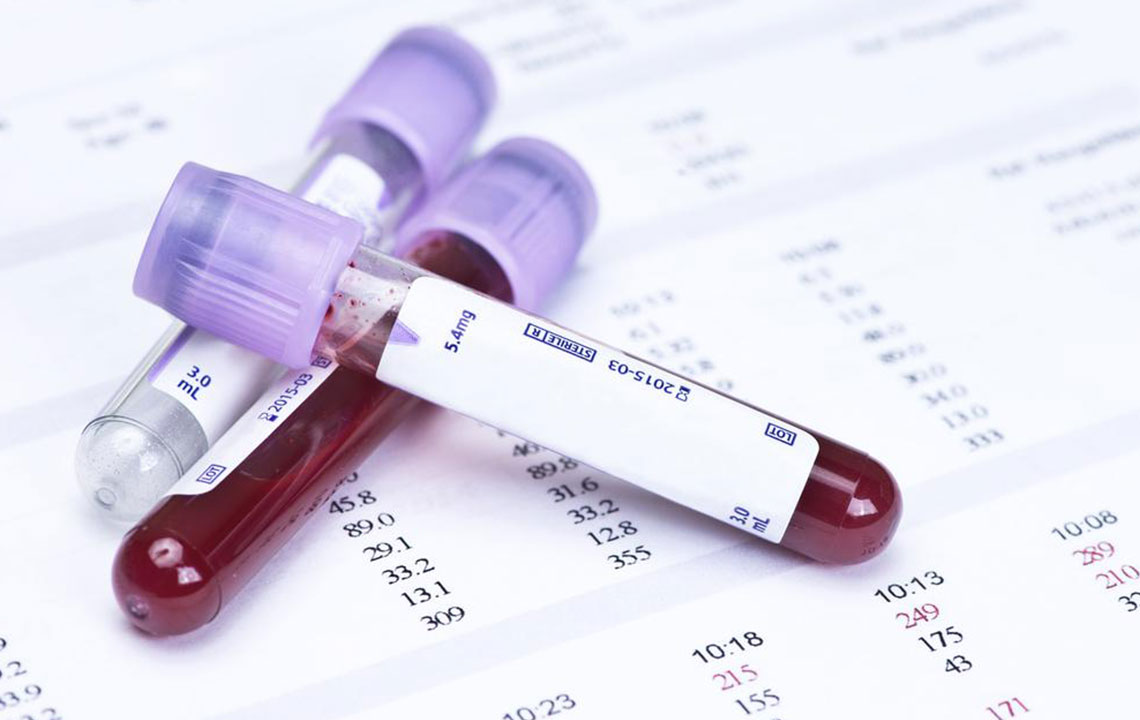The Ultimate Guide to Selecting the Right Blood Glucose Monitoring Device for Effective Diabetes Management
Learn the importance of blood glucose meters in diabetes management and discover comprehensive tips for choosing the best device tailored to your lifestyle. This guide covers essential features, validation techniques, and the latest technological innovations to help diabetics improve their health outcomes with confidence.

Understanding the Importance of Blood Glucose Meters in Managing Diabetes
Diabetes remains one of the most prevalent chronic health conditions affecting millions of people worldwide. In many countries, it is considered a significant public health challenge, with over 29 million individuals diagnosed and many more undiagnosed. Managing diabetes effectively requires a comprehensive approach that encompasses lifestyle modifications, nutritional management, medication adherence, and, critically, regular monitoring of blood glucose levels. The cornerstone of effective diabetes management is accurate and consistent blood sugar monitoring, which empowers patients to make informed decisions about their diet, exercise, and medication routines.
Choosing a suitable blood glucose monitoring device is not just about picking the most popular or the cheapest option; it involves understanding your personal health needs, daily routines, and preferences. The right device can make the process less burdensome, more accurate, and ultimately more effective in maintaining optimal blood sugar levels. Healthcare professionals often recommend consulting with endocrinologists or diabetes educators before making a purchase to ensure the device aligns with your health goals and lifestyle.
Accurate device selection and proper usage are fundamental to ensuring precise blood glucose readings. These readings are essential for adjusting medication doses, planning meals, and preventing complications such as hypoglycemia or hyperglycemia. To validate your device's accuracy, various methods such as control solution testing, self-monitoring through repeated tests, and comparison with laboratory results are recommended. Routine maintenance and understanding your device’s features can significantly improve your blood sugar management routine, leading to better health outcomes.
Factors to Consider When Choosing a Blood Glucose Monitoring Device
Core Functionality: Verify that the device provides accurate blood glucose measurements, complying with recognized standards such as ISO accuracy criteria.
Validation and Calibration Methods: Utilize control solutions periodically, conduct self-tests, and compare readings with lab test results to ensure ongoing accuracy.
User-Friendly Features: Prioritize devices with intuitive interfaces, large, easy-to-read displays, and minimal blood sample volume requirements for comfort.
Connectivity and Data Management: Consider devices with memory storage, data transfer capabilities via Bluetooth or USB, and integration with smartphone apps for tracking trends over time.
Cost and Insurance Coverage: While affordability is important, avoid extremely cheap models which might compromise accuracy. Check whether your insurance plan offers coverage or discounts for specific brands or devices.
Portability and Convenience: Compact size, battery life, and ease of use for testing on-the-go can improve adherence to monitoring routines.
Brand Reputation and Customer Support: Research customer reviews, warranty policies, and availability of technical support to ensure reliable service.
Advancements in technology have introduced innovative options such as continuous glucose monitoring (CGM) systems and alternative site testing devices, which can reduce discomfort and provide real-time blood glucose data. These modern devices facilitate more proactive diabetes management and improve quality of life. However, transitioning to advanced systems should be done under medical supervision to customize solutions that meet individual health needs.
In conclusion, selecting the right blood glucose monitoring device is an essential step in managing diabetes effectively. Accurate readings, user convenience, technological features, and professional guidance are key considerations. Investing time to research and choose the most suitable device can greatly enhance your ability to maintain blood sugar within target ranges, thereby reducing the risk of complications and leading to a healthier life.
